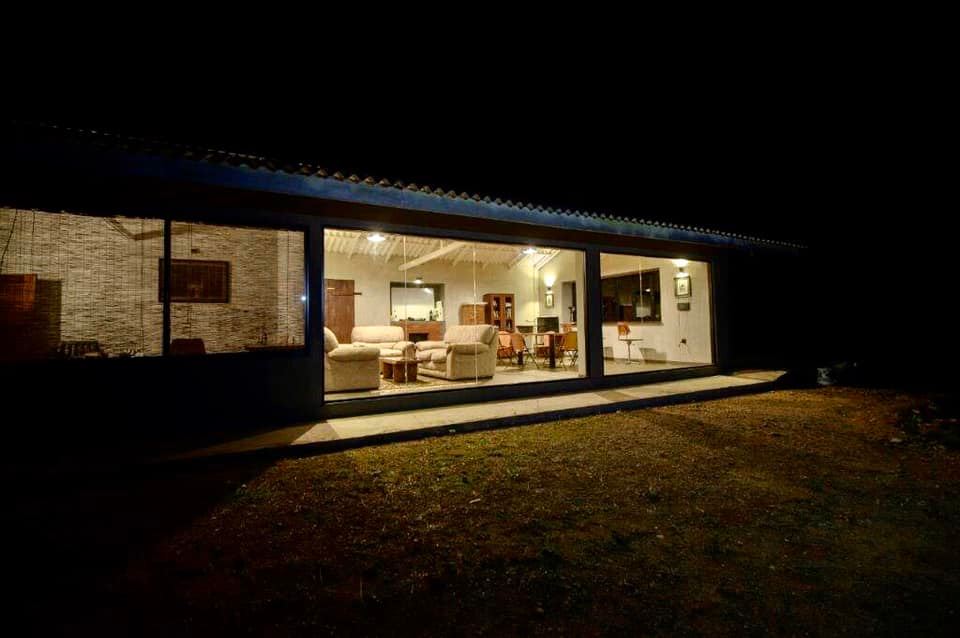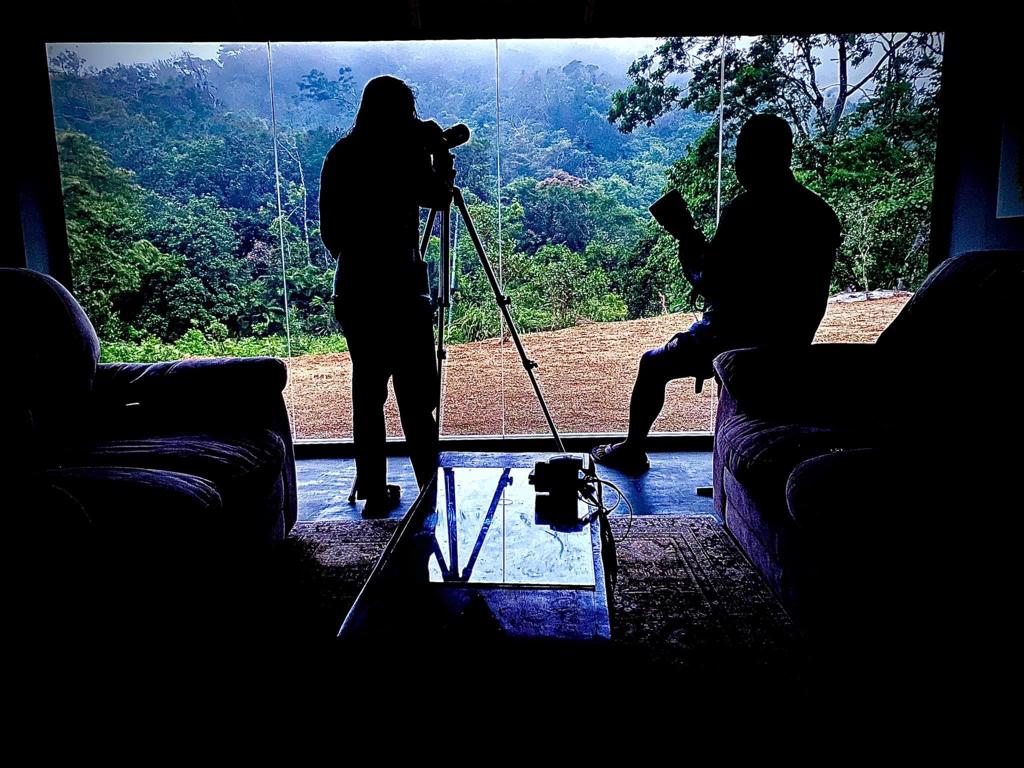The Research and Conservation Center – Morningside, Eastern Sinharaja.
In 2021, WCSG established a Research and Conservation Center in privately owned land adjacent to the Morningside Forest Reserve, a part of the Eastern range of the Sinharaja World Heritage Site. This area possesses a unique ecosystem characterized by significant biodiversity and endemism, much of which is currently under threat. Also, despite the long-term attention of many scientists and researchers, this area is still revealing new-to-science species. Over the past five years, the Wildlife Conservation Society – Galle has successfully identified morphological variation in certain taxa and documented two previously undiscovered species from Morningside: a fish species, Rasborides rohani, and Aponogeton Kannangarae, an aquatic plant. Therefore, this research and conservation center aims to conduct research and conservation programs dedicated to preserving the precious and unique ecosystem of the Eastern Sinharaja.
The Society initiated the construction of the research facility in 2017 with the financial assistance of Nations Trust Bank PLC, MAS Holdings (Pvt.) Ltd. and a few other donors and finished by the year 2021. Currently, the center consists of an accommodation facility, a library, a research area, and a weather monitoring and recording facility.

- The research center serves as a hub to support both local and foreign researchers engaged in studies aimed at the conservation of this area.
- The weather monitoring and recording facility is used to record and share meteorological data with the national database of the Department of Meteorology.
- Forestry data collected through the center is shared with the Department of Forests and other relevant government bodies. This information aids in their implementation and planning processes for the management of the Eastern Sinharaja area.
- Research programs conducted at the center focus on the ecology of point endemic or endangered species in this area, providing crucial insights for future conservation activities dedicated to these respective species.
- University students from institutions such as the University of Colombo, University of Kelaniya, University of Ruhuna, Wayamba University Sri Lanka, etc., who are actively involved in research and field training programs with WCSG, are fully entitled to use the facility with prior notice, for their research and educational workshops.
- Furthermore, the facility is available for use by any other local or foreign university under a proper request process.
- This research and conservation facility in Eastern Sinharaja also serves as the main center for studying the leopard population in the wet zone of Sri Lanka
The leopard, being the largest carnivore and one of the most charismatic mammals on the island, has been extensively studied in dry zone protected areas like Yala and Wilpattu National Parks. However, the status of leopards in the wet zone remains largely unknown. Also, unlike in the dry zone area, wet zone forests have been threatened by various manners, especially forest fragmentation due to urbanization.
To fill this knowledge gap on the wet zone leopard population and conserve this important element of Sri Lankan wildlife, the Wildlife Conservation Society – Galle, started a comprehensive study on the wet zone population of the leopards in Eastern Sinharaja Area in the year 2015. The study was focused on revealing the distribution pattern, range extension, dietary pattern, and behavior of the leopard population in the area.
Since the establishment of this research facility in Eastern Sinharaja, all studies on the wet zone leopard population conducted by WCSG have been centralized around this research and conservation center.


